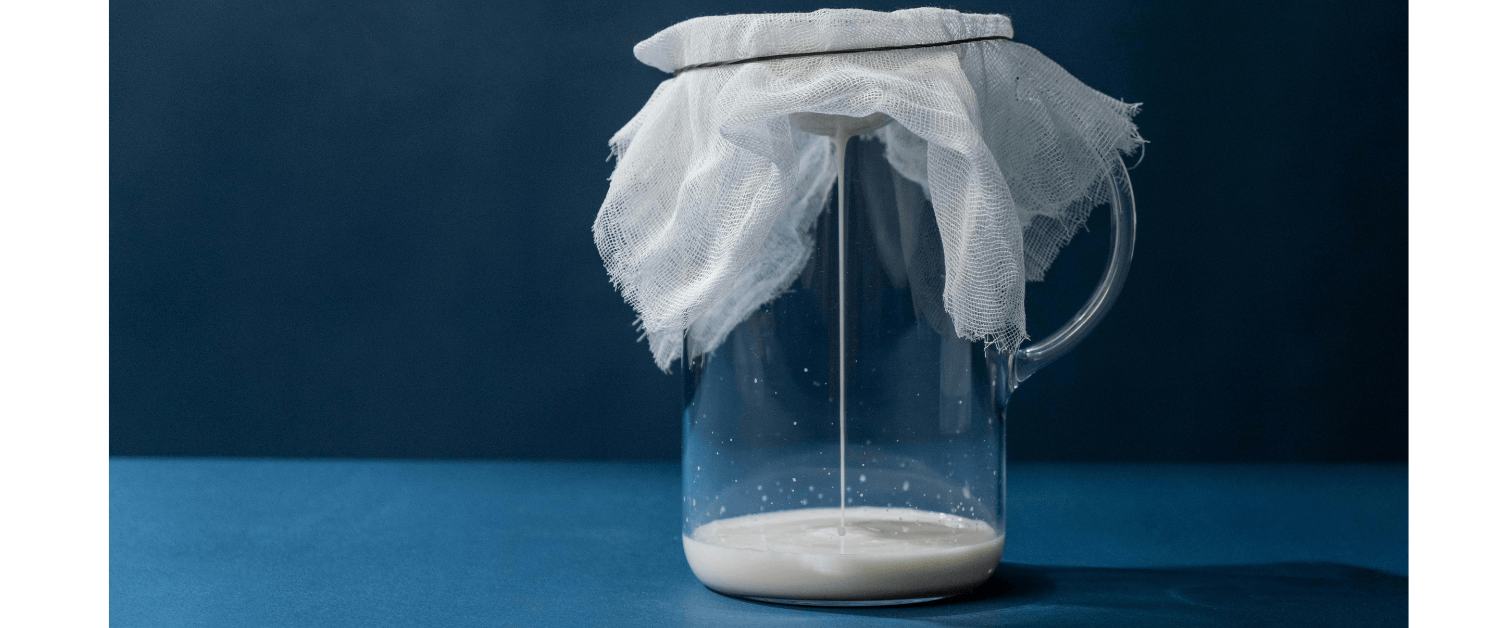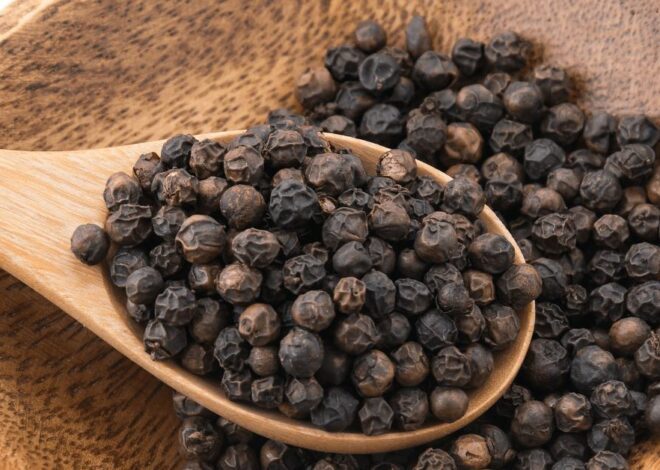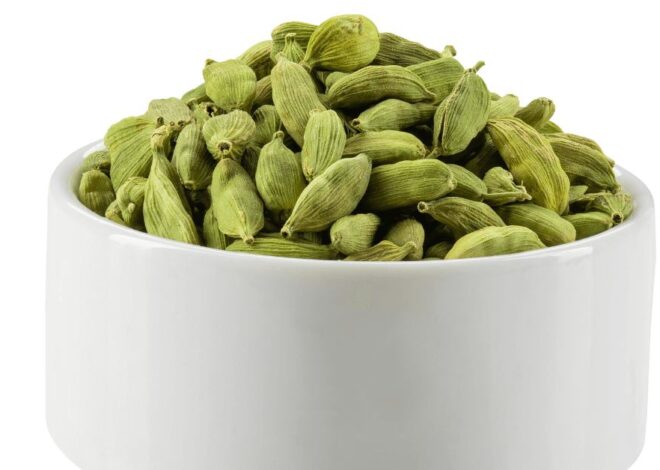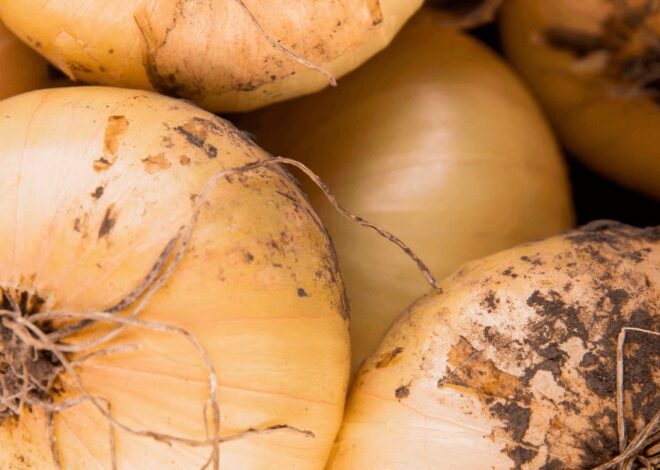
Whey Water Benefits for Health, Cooking, and Beauty
What is whey water
Whey water, also known as “paneer ka pani” or liquid whey, is the translucent, yellowish liquid left behind after curdling milk to make paneer or cheese. It is often discarded, but it’s a nutrient-rich powerhouse with a wide range of uses.
What makes Whey water nutritious?
Whey water may look like a humble byproduct, but it is packed with nutrients that quietly work wonders in your diet. Born from the process of curdling milk, it carries a spectrum of beneficial compounds that support digestion, metabolism, and energy levels. It is especially valuable in vegetarian or plant-based kitchens, where every bit of protein and mineral counts. Here is a breakdown of the goodness that makes whey water a quiet kitchen hero.
-
-
- Proteins: Contains soluble milk proteins, though less than powdered whey
- Lactose: Natural milk sugar that provides quick energy
- Minerals: Calcium, potassium, magnesium, and phosphorus
- Vitamins: Especially B-complex vitamins like B1, B2, and B6
- Acids: Citric and lactic acid, which aid digestion
-
How to Use it in Your Kitchen
Whey water isn’t just a leftover. It is a liquid gold that can infuse your kitchen with flavor, nutrients, and a whole lot of versatility. Whether you are baking, boiling, or blending, this humble byproduct deserves a front-row spot in your culinary routine. Its protein richness, mild acidity, and natural minerals make it perfect for both traditional and modern recipes. Here is how you can make the most of whey water in your daily cooking:
-
-
- Knead dough for softer rotis or parathas
- Add to smoothies for a protein boost
- Use as broth in soups, curries, or boiling rice and veggies
- Soak legumes overnight to enhance digestibility
- Bake with it. It can be a substitute for water in muffins, pancakes, or breads.
-
Bonus uses beyond Cooking
-
-
- Hair rinse: Conditions and smoothens hair
- Face packs: Acts as a gentle exfoliant
- Plant fertilizer: Diluted whey can enrich compost or soil
-
Pro Tip
-
-
- If you use lemon juice or vinegar to curdle milk, you get acid whey, which is tangy in taste.
- If you use yogurt, you get sweet whey, which is better for smoothies and baking.
-
Homemade Whey Water (Paneer Water) Recipe
Here’s the simplest way to make whey water at home. You will have it ready in under 15 minutes.
Ingredients:
-
-
- 1 liter full-fat milk
- 2-3 tablespoons lemon juice or white vinegar
-
Method
-
-
- Boil the milk in a heavy-bottomed pan. Once it starts bubbling, turn off the heat.
- Add lemon juice or vinegar slowly, stirring gently until the milk curdles.
- You will see white curds (paneer) separating from a yellowish liquid, which is your whey water!
- Place a muslin cloth or fine strainer over a bowl and strain the mixture through it.
- Collect the liquid that drains out. This is your whey water. Let it cool and store it in a clean glass jar.
-
Health benefits of consuming Whey water
Whey water is a nutrient-rich byproduct that’s often overlooked, yet it’s incredibly beneficial for holistic wellness and daily nutrition. Packed with soluble proteins and amino acids, it supports muscle recovery and lean growth, making it ideal for post-workout hydration. It’s lactic acid and probiotics promote gut health and digestion, even aiding in food fermentation like pickles. Regular consumption may help lower LDL cholesterol and boost heart health. Being low in fat yet high in protein, it supports weight management goals. Whey water also offers antioxidant support, helping combat oxidative stress and inflammation. Rich in calcium, magnesium, and phosphorus, it strengthens bones and maintains mineral balance. And on the beauty front, lactic acid naturally exfoliates skin, while a whey rinse can condition and nourish hair, truly a multipurpose wellness ingredient.
Which milk is best to make whey water?
-
-
- When preparing nutrient-rich whey water at home, the ideal choice is fresh, full-fat cow’s milk, especially when curdling it for paneer or cheese. Cow’s milk stands out for its high protein content, which results in a greater yield of whey proteins, along with an abundance of essential minerals like calcium, phosphorus, and magnesium. It also delivers superior taste and texture, offering creamier paneer and more flavorful whey, making it a traditional favorite across Indian households.
- Buffalo milk provides richer paneer due to its higher fat content, but yields less whey and has a heavier texture.
- Goat milk is easier to digest and has a mild flavor, though its lower protein means less whey output;
- Skimmed milk offers a lighter, low-fat whey but compromises on creaminess and nutrient density; and
- Plant-based milks, lacking casein, do not curdle and hence cannot produce whey at all.
-
Each type brings its pros and cons depending on nutritional needs and culinary preferences.
Pro Tip for Best Results
-
-
- Use lemon juice or vinegar to curdle the milk gently.
- Avoid ultra-pasteurized or homogenized dairy, as they may not curdle well, and can reduce whey quality.
-
Shelf Life of Whey Water and Storage Tips
-
-
- Freshly prepared whey water, collected from curdling milk or making paneer, can be safely stored for later use, but the method truly determines its shelf life and quality.
- The best approach is refrigeration in a glass airtight container, where it stays fresh for 5 to 7 days if kept below 4°C (40°F).
- Always inspect for sour odor or discoloration before using.
- For longer storage, freeze the whey in ice cube trays or sterilized jars; this extends its life to 3 to 6 months, with thawing done overnight in the fridge.
- Avoid storing whey at room temperature, as it spoils rapidly due to bacterial activity and loss of beneficial properties.
-
Pro Tips
-
-
- Use glass jars or BPA-free containers with tight lids
- Label with the date so you know when to use or toss
- Freeze in small portions (ice cube trays work great!) for easy use in smoothies, soups, or dough
-
This simple storage guide helps you make the most of whey water’s nutritional goodness in everyday cooking.
Signs Whey water has Gone Bad
-
-
- Sour or rancid smell
- Cloudy or slimy texture
- Mold or unusual discoloration
-
Who should avoid it
Whey water is generally safe and beneficial for most people, but there are a few groups who should avoid or limit its intake due to specific health concerns or sensitivities.
-
-
- People with Milk Allergies: Whey is a milk byproduct, so anyone allergic to milk proteins should steer clear to avoid reactions.
- Those with Lactose Intolerance: Whey water contains lactose, which can cause bloating, gas, or diarrhea in sensitive individuals. Acid whey (from lemon or vinegar) may be slightly easier to digest than sweet whey, but caution is still advised.
- Individuals with Kidney Disorders: High protein intake can strain the kidneys. If someone has chronic kidney disease or reduced kidney function, they should consult a doctor before consuming whey regularly.
- People with Liver Disease: The liver plays a key role in protein metabolism. Excess protein from whey may burden a compromised liver.
- Those with Rare Metabolic Disorders should consult a doctor before consuming whey water regularly, as it can affects how the body processes amino acids found in whey.
- Pregnant or Breastfeeding Women: While protein is essential during these stages, whey water should be consumed only after checking for additives and ensuring it fits into a balanced diet.
- Children and Adolescents: Their nutritional needs vary, and whole foods are usually sufficient. Whey water isn’t harmful, but it shouldn’t replace regular meals.
- Any other Health Conditions: Individuals taking medication, prone to allergies, or with health conditions should consult a doctor before consuming whey water regularly.
-
Conclusion:
Whey water, or paneer ka pani, is far more than a kitchen leftover; it is a nutrient-rich elixir that supports wellness, enhances recipes, and even nourishes your skin and hair. By understanding its benefits and proper storage methods, you can turn this humble byproduct into a daily health ally. Whether you are blending it into smoothies, kneading it into dough, or using it in your beauty routine, the versatility of whey water is truly remarkable. Embrace the goodness of whey water benefits and let this liquid gold elevate your lifestyle, one ladle at a time.



